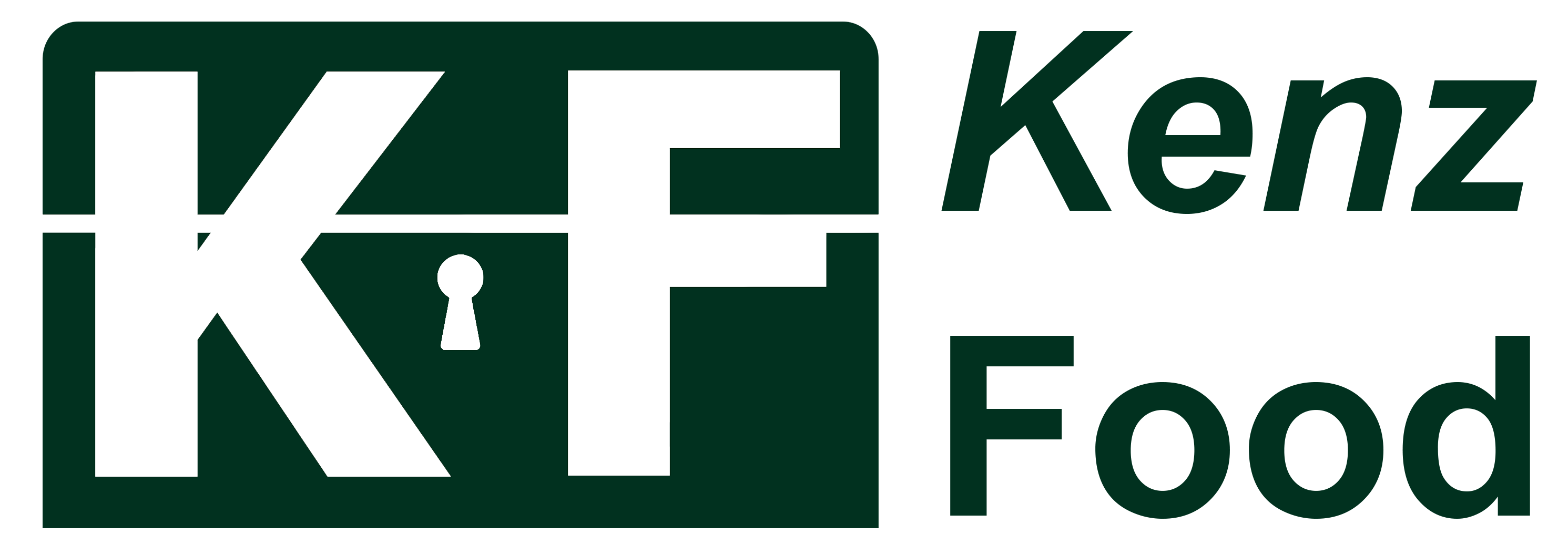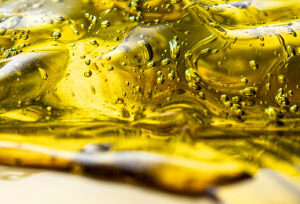Description
Adhering to the EN590 standard ensures the quality, performance, and environmental compliance of diesel fuel used in vehicles and helps to reduce emissions and enhance engine efficiency.
The production process of EN590 diesel involves refining crude oil, hydrotreating to remove impurities and sulfur, blending if necessary, and rigorous quality control measures. This process ensures that the diesel fuel meets the specifications outlined in the EN590 standard, including low sulfur content, specific density, viscosity, cold flow properties, and biodiesel blend compatibility. The production of EN590 diesel aims to provide a cleaner and high-quality fuel for diesel engines, promoting reduced emissions and improved engine performance.
Kenz Food with years of experience in petroleum industry can provide you with the best quality EN590 Diesel.
En590 Diesel Specification
Parameter | Unit |
|---|---|
Appearance | Clear and bright, free from visible sediment and water. |
Colour | 2.5 max |
Odour | Merchantable |
Density @ 15°C g/ml | 0⋅820 min – 0⋅835 max |
Cold filter plugging point | |
Winter °C (*) | -15 max |
Summer °C (*) | -5 max |
Cloud point | |
Winter °C (*) | -5 max |
Summer °C (*) | +3 max |
Flash point (PMCC) °C | 56 min |
Cetane number | 51 min |
Cetane index | 46 min |
Viscosity cst @ 40°C | 2.0 min – 4.5 max |
Sulphur % Wt | 0⋅001 max |
Copper corrosion 3 hr @ 50°C | class I |
Micro carbon residue: | – |
Residue wt on 10% bottoms | 0⋅30 |
Ash % Wt | 0⋅01 max |
Particulate matter mg/kg | 24 max |
Water mg/kg | 200 max |
Distillation °C | |
% Vol Rec @ 250°C | 65⋅0 max |
% Vol Rec @ 345°C | 85·0 min |
95% Vol recovered ºC | 360·0 |
Oxidation stability mg/100ml | 2·5 max |
Polycyclic aromatic hydrocarbons (%) | 11 max |
Lubricity, Corrected water scar | 460 Diameter @ ºC |



